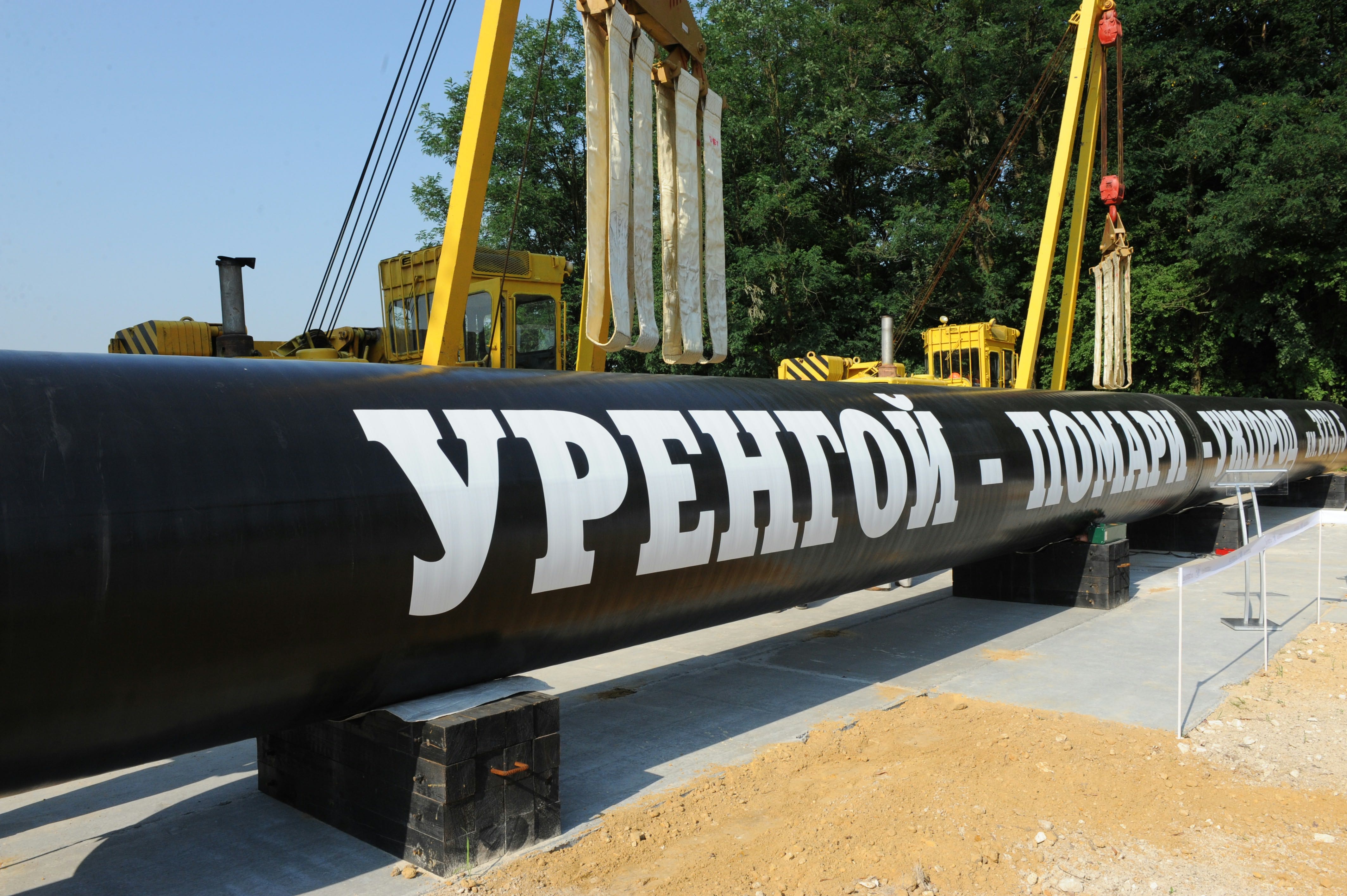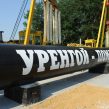
Ukraine Starts Upgrading Gas Pipelines, Hoping for EU Assistance
Publication: Eurasia Daily Monitor Volume: 8 Issue: 144
By:

Ukraine has launched the first stage of a long-planned project to upgrade its pipelines, which carry Russian gas to Europe. As the cash-strapped national oil and gas behemoth, Naftohaz Ukrainy, has no money for an upgrade costing billions of dollars, Ukraine will rely on assistance from the end consumer, the European Union, while the supplier, Russia, remains an onlooker – at least for the time being. In order to qualify for European assistance, Ukraine will have to meet the EU condition to start restructuring Naftohaz. If this occurs, it will be difficult for Moscow to take control over Naftohaz’s pipelines.
On July 19 Ukrainian Prime Minister, Mykola Azarov, attended a ceremony to launch the first stage of a project to upgrade the Ukrainian section of the Urengoy-Pomary-Uzhgorod pipeline. Work on the pipeline, which carries gas from Western Siberia to the EU, should be completed within three years. The Ukrainian government estimates the first stage cost at $539 million, of which $231 million is to be contributed by Naftohaz and the rest is expected from the European Bank for Reconstruction and Development (EBRD) and the European Investment Bank (EIB) (Interfax-Ukraine, July 19). Kyiv estimates the total cost of the project to upgrade its pipelines at $6.5 billion, and it should take at least seven years to implement (Ukrainska Pravda, July 25).
Simultaneously, Naftohaz signed a memorandum with the EBRD, according to which the EBRD and the EIB would lend $154 million each for the first stage. A final agreement, according to which the loans should be issued for 15 years under state guarantees, could be signed later this year if the EBRD’s consultants from Mott MacDonald approve the Ukrainian government’s project for the modernization of the gas transit network, the EBRD representative Anton Usov said. The EBRD’s London headquarters will take the final decision in September and EBRD representatives do not rule out that additional loans may be issued later for the project (www.zn.ua, July 19).
In order to qualify for European loans for the project, Ukraine has to split the gas transit, gas distribution and gas extraction businesses of Naftohaz according to agreements with the EU reached in 2009. This is in order to improve the manageability of Ukraine’s gas sector and open the market to Western investors. If Naftohaz is restructured, European institutions are ready to provide loans totaling $1.7 billion for reforms in the gas sector in Ukraine. Last year, parliament took the first step toward accepting the EU conditions by passing a law, which provides for Naftohaz’s restructuring. The government has since delayed the restructuring apparently under Russian pressure, as Moscow offered cheaper gas in exchange for Naftohaz’s takeover by Gazprom, which would not require Naftohaz’s restructuring. However, talks with Moscow have been difficult. It remains to be seen whether Kyiv will use the agreements with the EU and the start of the pipeline upgrading project as a bargaining chip in the talks with Moscow, or if the agreements with the EU will be fully adhered to.
Ukrainian President Viktor Yanukovych, speaking at a press conference on July 8, indicated that the EU would be preferred to Russia. He said Naftohaz would be restructured by separating different activities and he added that later shares of the companies formed in place of Naftohaz would be offered for IPOs at international exchanges. At the same time, Yanukovych said there would be no merger of Naftohaz with Gazprom, adding that Gazprom’s participation in modernizing Ukraine’s gas pipelines would nevertheless be welcome (www.president.gov.ua, July 8).
Yanukovych’s statement came as a response to Gazprom CEO Aleksey Miller’s offer of cheaper gas for Ukraine and assistance in the modernization of pipelines in exchange for Naftohaz’s merger with Gazprom (Interfax, June 30). In theory, Gazprom could buy shares in Ukraine’s pipelines in an IPO, but this would not be the same as gaining full control over them through Naftohaz’s merger with Gazprom. Naturally, Moscow has opposed Naftohaz’s restructuring and is reluctant to participate in upgrading Ukraine’s pipelines jointly with the EU, which would be the best option for Kyiv.
While accepting EU conditions, Kyiv leaves open the door to Moscow. Azarov, speaking at the upgrade project launch ceremony on July 19, said he still hoped for Russia’s positive decision on participation in the modernization of Ukrainian gas pipelines. He recalled that Ukraine had repeatedly invited Russia to participate. Explaining Kyiv’s motives for launching the project without reaching any agreement with Russia, he said Ukraine had no options left as Moscow proceeds with the two projects aimed at diverting the flow of Russian gas from Ukraine – Nord Stream and South Stream. “We have to demonstrate to our partners both in Europe and Russia all the competitive advantages of our gas transit network,” said Azarov adding “For this, it is necessary to completely overhaul the gas pipeline, which was commissioned 30 years ago” (UNIAN, July 19).




